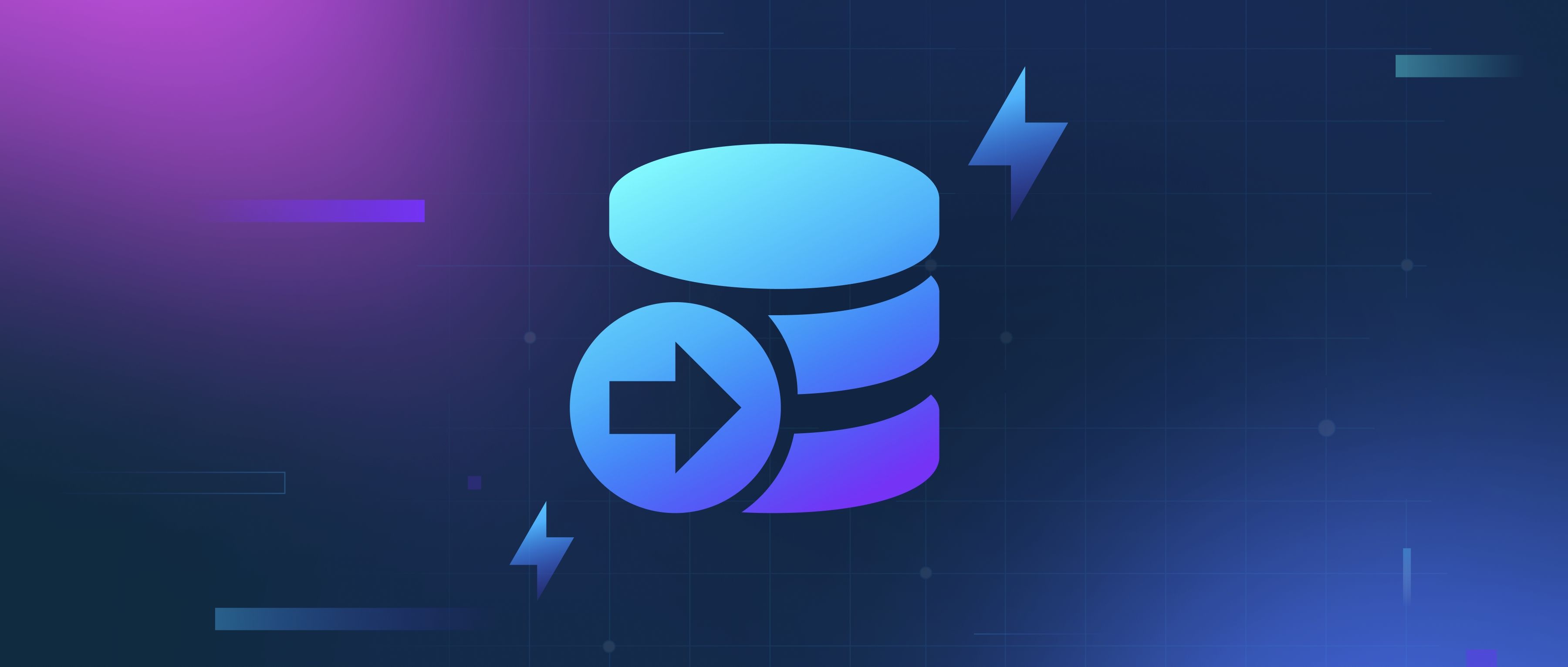Yes, self-supervised learning can handle both structured and unstructured data effectively. Self-supervised learning is a type of machine learning where the model learns patterns and features from the data without needing labeled examples. This approach is versatile and can be applied to various data types, making it suitable for both structured data, like tabular formats, and unstructured data, such as images and text.
For structured data, which is often organized in rows and columns, self-supervised techniques can be employed to learn relationships between different features. For instance, in a dataset related to customer transactions, a model can predict missing values or generate new samples based on existing patterns. By creating auxiliary tasks, such as predicting the next transaction amount based on previous amounts, the model learns to identify trends and associations inherent in the structured dataset without explicit labels.
On the other hand, self-supervised learning shines in the realm of unstructured data as well. For example, in image processing, models can be trained to complete images, recognize objects, or even generate new images based on existing ones via techniques like contrastive learning. Similarly, in natural language processing, models can learn to predict masked words in a sentence or next sentence prediction tasks. This common ground between structured and unstructured data is what makes self-supervised learning a powerful approach, enabling developers to create robust models without the heavy reliance on labeled datasets.
